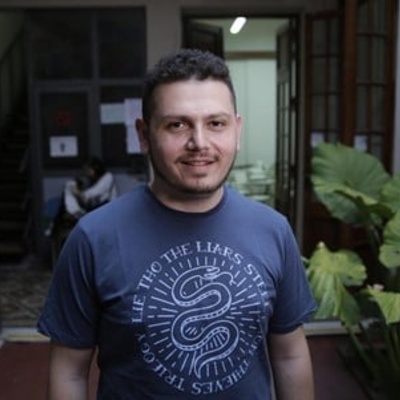Humanitarian pathways
Humanitarian pathways

These programmes are often an expedited process used for persons in urgent need. Admitted individuals are sometimes provided with the opportunity to apply for asylum after arrival, including expedited procedures and humanitarian visas. In other instances, programmes may provide a protection status upon arrival.
Either under the form of humanitarian visas or humanitarian admission programmes, humanitarian pathways can serve as a valuable tool in cases of mass displacement, where there is a great need to provide effective protection to a significant number of people within a short period of time.
Humanitarian visas
Humanitarian visas can allow people in need of international protection to enter a new country, where they may sometimes be able to apply for asylum, including through accelerated procedures. These visas are provided for in the legislation of some countries, including Argentina, Brazil, France, Switzerland, Italy, are not exclusive for persons in need of international protection, typically limited in number and are issued at the discretion of each country. In addition to being a distinct entry pathway, humanitarian visas may also serve as a tool to facilitate admission for other pathways such as private sponsorship programmes or scholarships.
Humanitarian visas have also been issued to facilitate the admission of family members who are not eligible for family reunification and vulnerable refugees who do not have access to effective protection in their first countries of asylum and/or resettlement programmes.
Humanitarian admission
There is no commonly agreed definition of a Humanitarian Admission Programmes (HAP). However, they are generally utilised as a form of expedited process that can enable large numbers of refugees to depart quickly to a safe receiving country on humanitarian grounds. They are a complementary pathway that is additional and separate to existing resettlement programmes and family reunification entitlements, although HAPs may feature several shared elements or characteristics of such schemes. Such programmes are set up for a defined period of time using expedited and/or streamlined processes similar to UNHCR assisted resettlement programmes.
Humanitarian admission programmes can be a precious tool in situations of mass displacement where there is a great need to protect populations with specific needs within a short period of time. For example, to help address the great needs for humanitarian assistance in Syria, some countries such as Germany, Austria and France established humanitarian admission programmes for Syrian refugees in close collaboration with UNHCR.
It is essential to stress that humanitarian admission is not meant to replace standard asylum procedures but may supplement them in emergencies. Also, contrary to humanitarian visas, in the case of humanitarian admission programmes, the individual legal status is often determined prior to arrival in the new country.
Humanitarian admission and resettlement
Humanitarian admission programmes share many common features with UNHCR assisted resettlement, and generally involve similar protection considerations and safeguards in their procedures. However, they may use additional or broader eligibility criteria such as general humanitarian needs or existing links to the resettlement country. Through humanitarian admission programmes persons at risk may be granted temporary or another protection status upon arrival and, thus, may not have immediate access to a fully effective durable solution.
Text and media 19
Tony's story
Thanks to a humanitarian visa, Syrian refugee Tony fled conflict and moved to Argentina. Today, he is managing a takeaway restaurant cooking Middle Eastern dishes for residents of Cordoba.


